How to Choose Your Ideal Office Desk
The desk is the main element of any office space. It’s also where you’re most likely to spend the majority of your work day. So, it makes sense to invest some time into determining what your ideal desk looks like.
Here’s what you should consider when choosing your ideal office desk:
- Working Style
The first thing to identify is how you’ll be using your desk. This will ensure that whatever desk you purchase will support your day to day work patterns.
- Do you generally work on your computer?
Select a desk specifically designed for computer use. If using a PC, be sure the desk offers space or a compartment to hold the CPU underneath. Also look for grommets to help with wire management.
- Do you deal with a lot of paper?
Choose a desk that will have the roomiest surface possible so you can accommodate those piles of important papers. You may also want to consider a desk with built in file cabinets or a hutch for overhead storage.
- Do you work from home?
Consider a desk that meshes with your residential furniture.
- Configuration
There are a number of different types of desk configurations you can choose. You’ll be spending a lot of time at your desk so make sure that you select a desk configuration style that that is suited for your needs. Consider an L-Shaped desk setup to allow for both work and meeting space. If finances or space allow, a U-Shaped model will provide even more space and makes an impressive presentation for clients or guests.
- Surface
Keeping in mind your working style, think about what material you’d want your desk to be.
- Laminate: the most affordable choice
A plastic finish that is applied to a wood core, laminate is affordable, durable and withstands more than solid wood or veneer. It also comes in a wide array of colors and wood grain patterns. For a quality laminate that will better withstand daily use and abuse, look for a desk with a thick, high pressure laminate.
- Metal or Steel: the most durable choice
Although not the most professional in appearance, metal or steel desks are good for long-term heavy use or for high- traffic areas. Better quality desks of this type can be assessed in part by checking and feeling the desks overall weight.
- Wood or Veneer: the most elegant choice
Veneer is a thin surface layer of wood glued to a more inferior base. Wood and veneer desks generally look more attractive than other types of desk, but they are typically more expensive and considerably more delicate; they nick more easily and are not suited for rough or heavy use.
- Quality and Durability
The quality of a desk is often most evident in the construction of the drawers. Metal suspension rollers show a sturdy suspension. Drawers should open and close easily while bearing weight. Optimally, you want the drawers to slide out to their full length to allow full and easy utilization of space.
High quality wood drawers are assembled with an interlocking (dovetail) construction; this is stronger than drawers put together with just staples or glue. With a steel or metal desk, take a look at the drawers when they’re closed. If you see a gap where the drawer meets the desk, the desk is not set right.
The desk warranty itself will give you a good idea of the quality, durability and life expectancy of a particular desk. Warranties typically range anywhere from a one-year limited to a lifetime warranty.
- Ergonomics
Your desk should provide clearance for your legs; standard desk heights of 29 to 30 inches from the floor are sufficient for most users.
Sitting behind the desk, there should optimally be at least three-and-a half feet of space. A minimum of three feet of space should also be available in-between the desk and another piece of office furniture, and in front of the desk if you use a guest/client chair.
For computer-users, keyboards need to be placed at a comfortable height. Keyboards placed on traditional desks may be at too high a height and may result in significant discomfort or muscle strain for the user. Computer desks should either be equipped with a keyboard platform, or legs that can be adjusted. Be sure that any keyboard platform is large enough to hold a mouse.
If the desk has a sharp edge, consider placing a wrist pad along the edge to help prevent unnecessary pressure and pinching on the inner surface of the wrists.
- Alternate Options
If you’re ready to steer away from the traditional desk, consider a sit to stand desk. As we’ve all been told, sitting for hours at a time can wreak havoc on a person’s health. Sit to Stand desks can make you feel more alert and productive on-the-job.
As you were reading this post, I hope you were able to narrow down what your perfect desk looks like. Now all you have to do is find it!


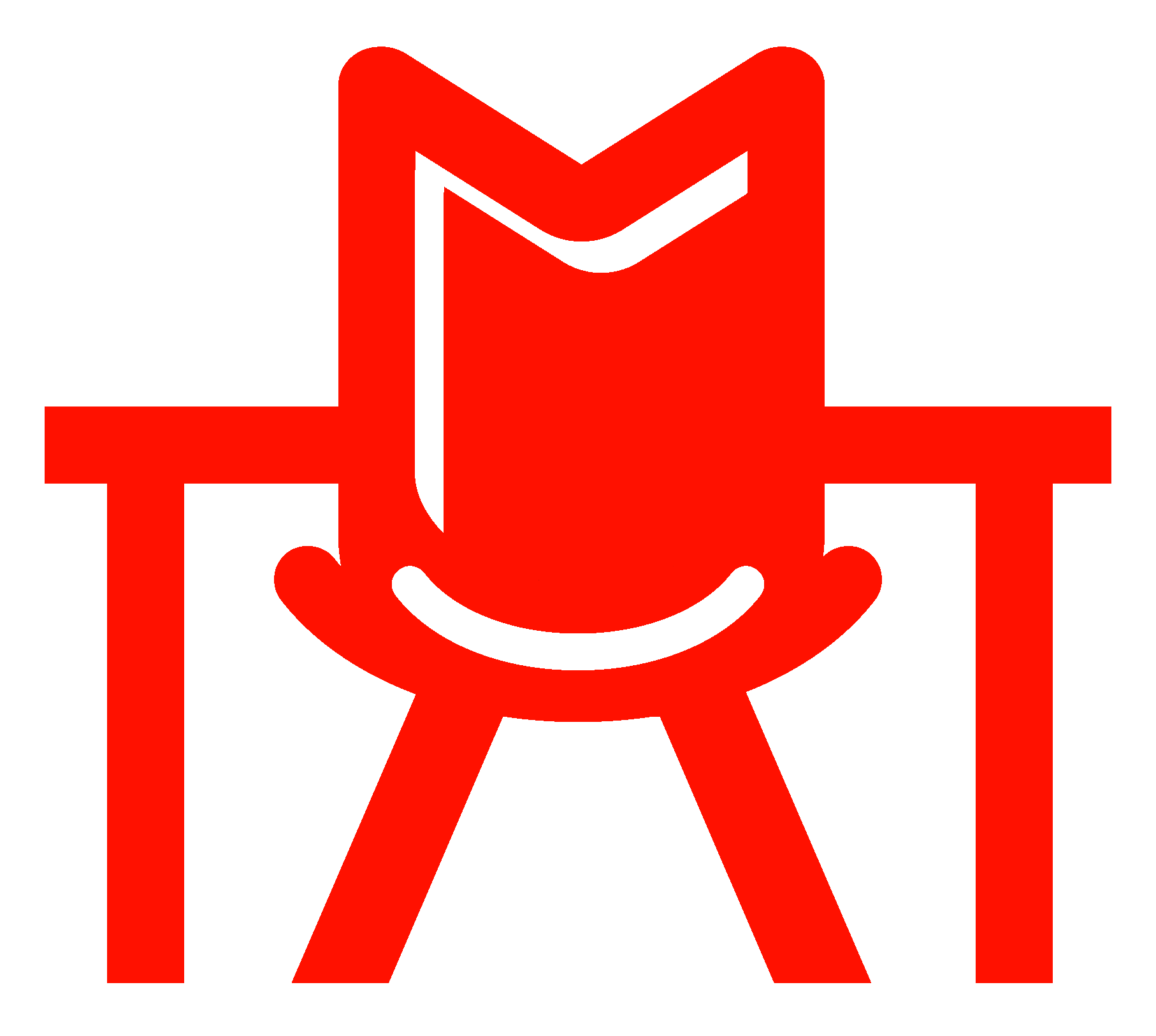
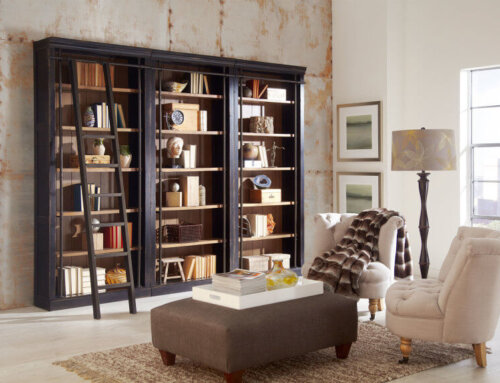
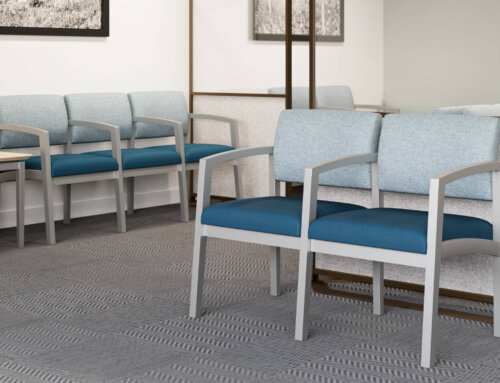
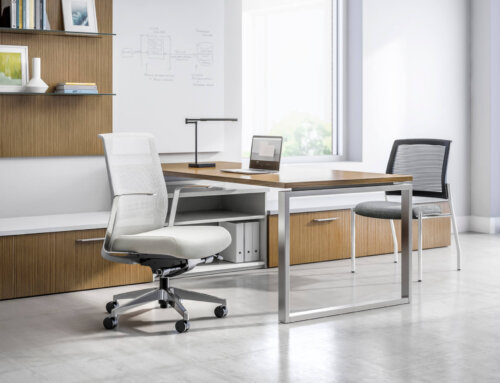

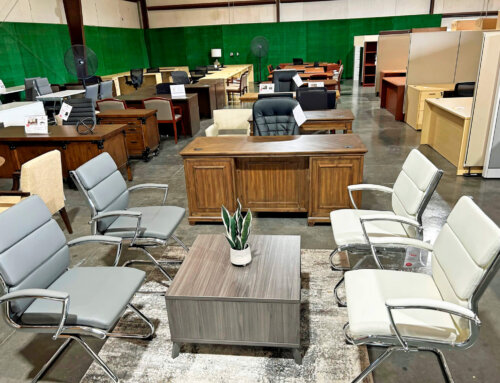
Leave A Comment